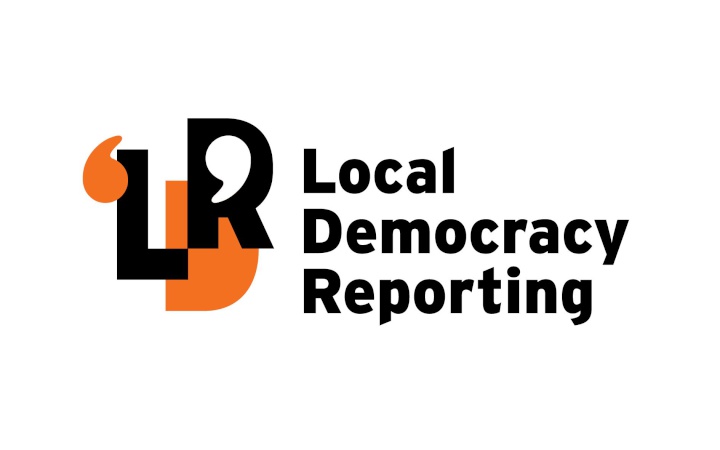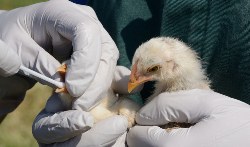The Rangitaiki River may be flowing crystal clear, but the regional council says this is due to the lack of rain rather than lockdown restrictions.
People living
alongside the river have noticed the "significantly
improved" water clarity since the country went into lockdown
and are sceptical of the Bay of Plenty Regional Council's
claim that is due to low levels of rain.
Heyden
Johnston said he had been living at Thornton for the past 40
years and had never seen the river this clear
before.
"The change in the river has been quite
dramatic and it has impacted the aquatic life also, we had a
kahawai school work up inside the harbour," he
said.
"Most people who frequent Thornton will
agree that when you can see the bottom of the river at high
tide things have changed dramatically, especially when often
you can’t see the bottom at low tide.
"It is
such a great thing to see these positive changes in our awa;
we now need to find out how we can keep it this way. We have
lived with a polluted river for so long that we don’t even
realise how good the water quality can be."
Mr
Johnston said he had spoken to several locals about it and
they all agreed this was the clearest the water had
been.
He said he was sceptical about it being
caused by a lack of rainfall. If that were true, this year
would have needed to be the driest on record.
He
is unsure why the water quality has improved during lockdown
as many essential activities are still taking place
alongside the river but speculates it may be the lack of
forestry.
"If it is the lack of forestry, this is
up to the regional council to assess and report to the
public," Mr Johnston said.
"Let's call Bay of
Plenty Regional Council to task. They are paid by us to
maintain our environment. When we see a definitive change in
water quality during such an unprecedented event as the
lockdown, then all of us must act and ensure we aim to
maintain water quality as it is today,” he
said.
“We should not revert to past practices
for what are likely to be financial gains for few, to the
detriment of the environment and the wider
community."
Information on Land, Air, Water
Aotearoa shows that the Rangitaiki River has high levels of
nitrogen and phosphorus. When compared to the national
average it is in the bottom 25 percent.
The biggest
source of nitrogen in New Zealand's waterways is urine from
farm animals while phosphorus comes from farm
fertiliser.
The Rangitaiki River also performed in
the bottom 50 percent of rivers for turbidity. This is a
measure of the cloudiness of water and high turbidity can be
caused by heavy rainfall, disturbance of the riverbed or
bank by heavy machinery or through direct discharges.
The
awa was in the top 25 percent for E coli.
Regional
council science manager Rob Donald said his team was really
pleased that people were enjoying the clarity of the
Rangitaiki River and that there was more fish life visible
further upstream.
He said water quality monitoring
was suspended under level four, so it was not possible to
provide data on any specific change under
lockdown.
However, some water monitoring had
picked back up under level three and he said that might
provide data in the future if there had been any substantial
improvements.
"However, from my experience, it
seems more likely that it is the lower rainfall over the
past several months that has contributed to the clarity that
the member of the public has noticed," he
said.
"Certainly many of the industries that
operate alongside or on the river continued throughout the
lockdown, farms are still operating, the dam is still
generating and most other industries - primarily the dairy
factory - have continued operations as essential
industries.
"However, less rain means less run-off
from all industries and from urban and rural areas. That
includes less run-off from forestry areas as
well."
Mr Donald said water monitoring was a broad
measure across a number of indicators including bacteria,
clarity, nitrogen and phosphorus. Most of these factors
wouldn’t be visible to the public.
"Water quality and
making sure that our freshwater is healthy now and for
future generations is a core part of Toi Moana’s work in
the community," Mr Donald said.
"What happens on
land affects our waterways so our work provides funding,
advice and regional coordination to help improve the way
land, water and biodiversity habitat is cared for in our
local catchments.
"We invest more than $30 million
each year on work with local people to improve and protect
the water in local rivers, lakes, streams and
aquifers."



 Gordon Campbell: On The Coalition’s Awful, Not Good, Very Bad Poll Results
Gordon Campbell: On The Coalition’s Awful, Not Good, Very Bad Poll Results Ian Powell: Policy Vacuum Enables For-profit Corporate General Practice Ownership By Stealth
Ian Powell: Policy Vacuum Enables For-profit Corporate General Practice Ownership By Stealth Gordon Campbell: On Iran Killing Its Rappers, And Searching For The Invisible Dr. Reti
Gordon Campbell: On Iran Killing Its Rappers, And Searching For The Invisible Dr. Reti Peter Dunne: MPs Unusually Quiet On Pay Rise
Peter Dunne: MPs Unusually Quiet On Pay Rise Ian Powell: Cuba And New Zealand: A Relationship Worthy Of Strengthening
Ian Powell: Cuba And New Zealand: A Relationship Worthy Of Strengthening Gordon Campbell: On bird flu, AUKUS entry fees and Cindy Lee
Gordon Campbell: On bird flu, AUKUS entry fees and Cindy Lee